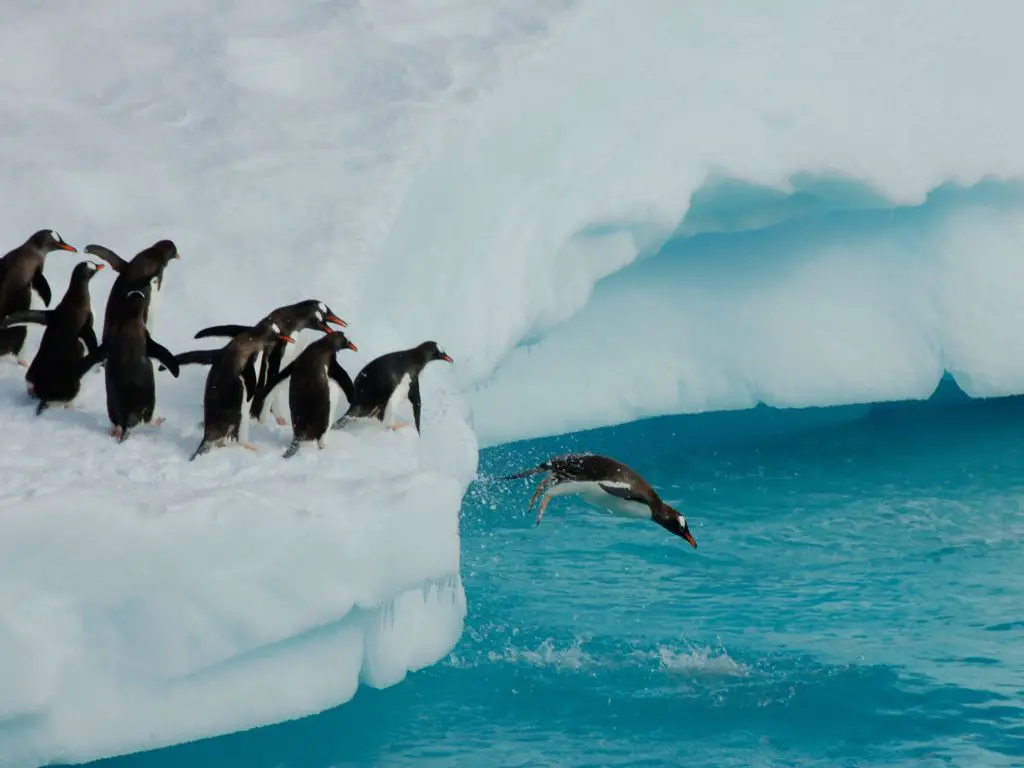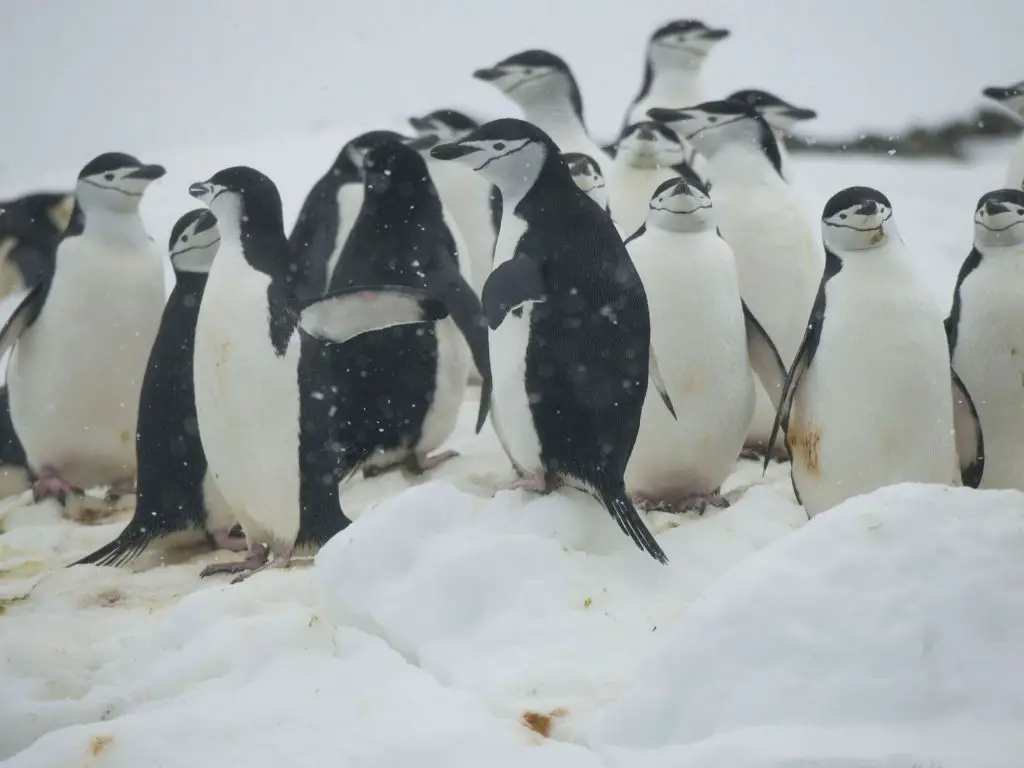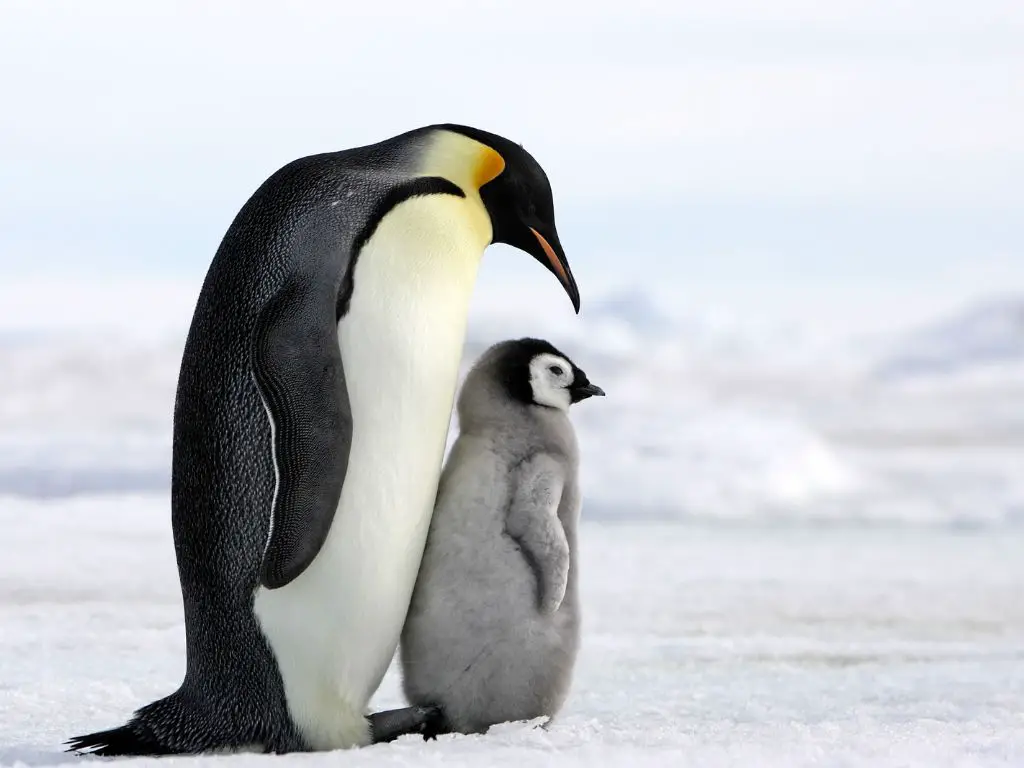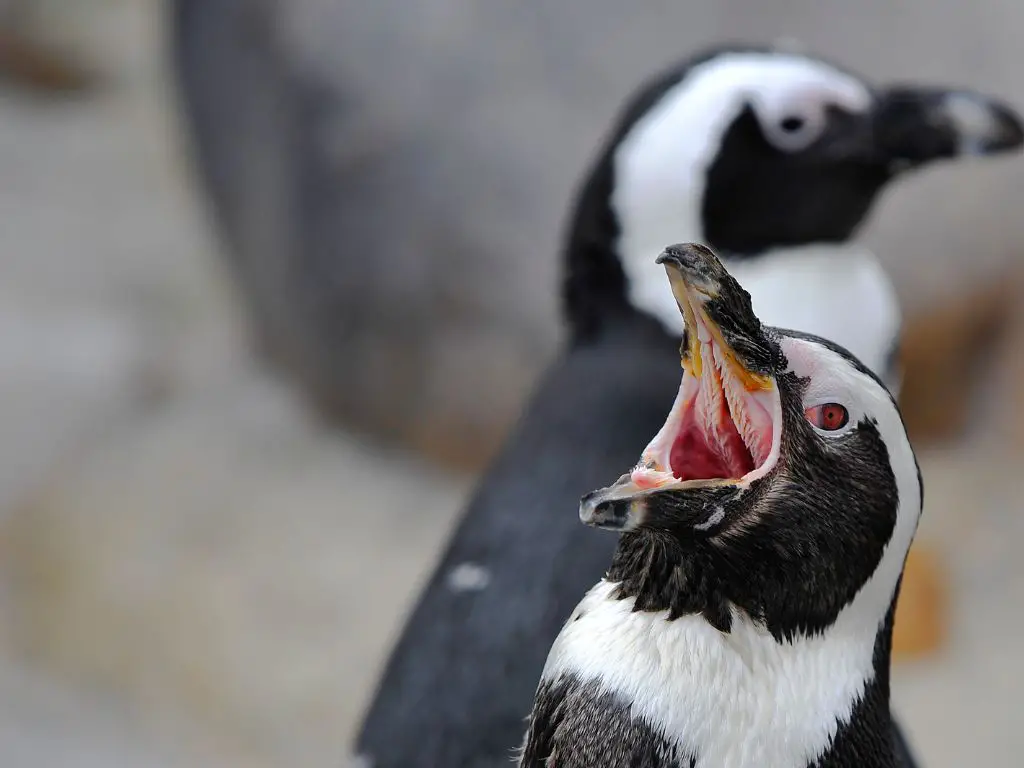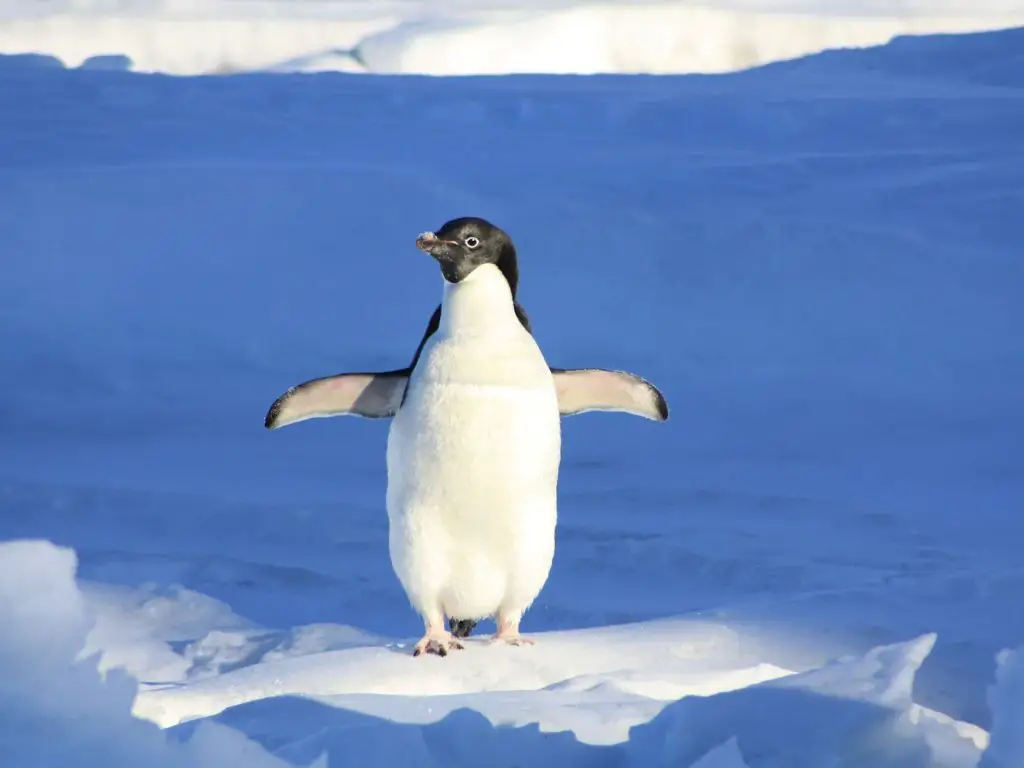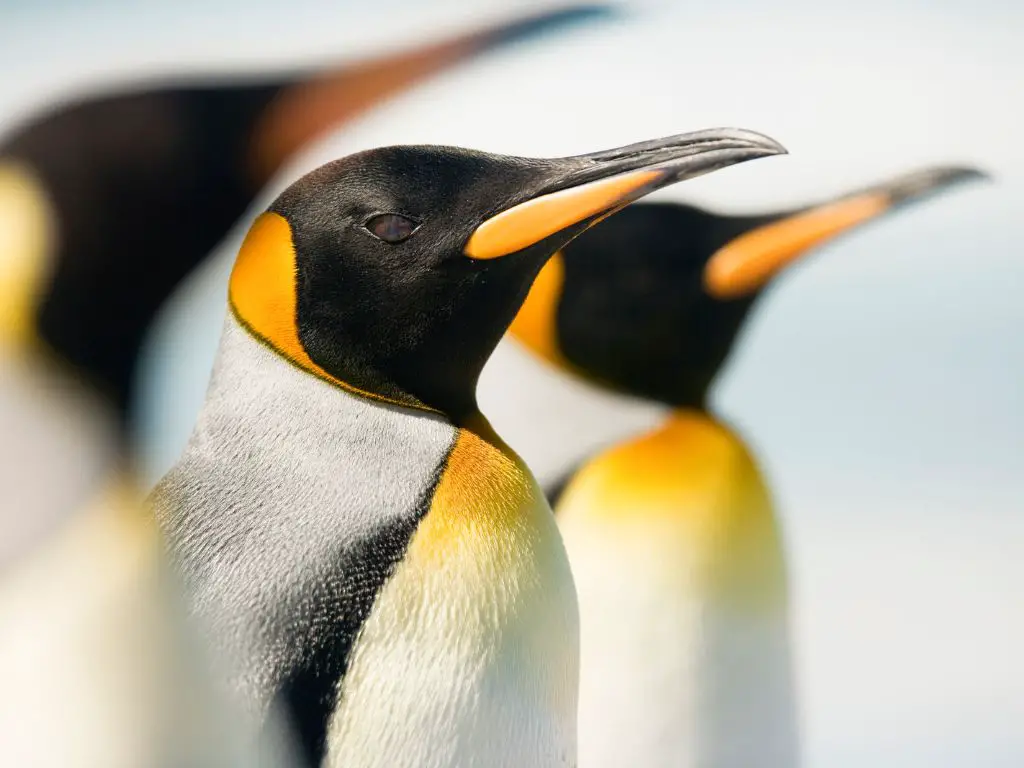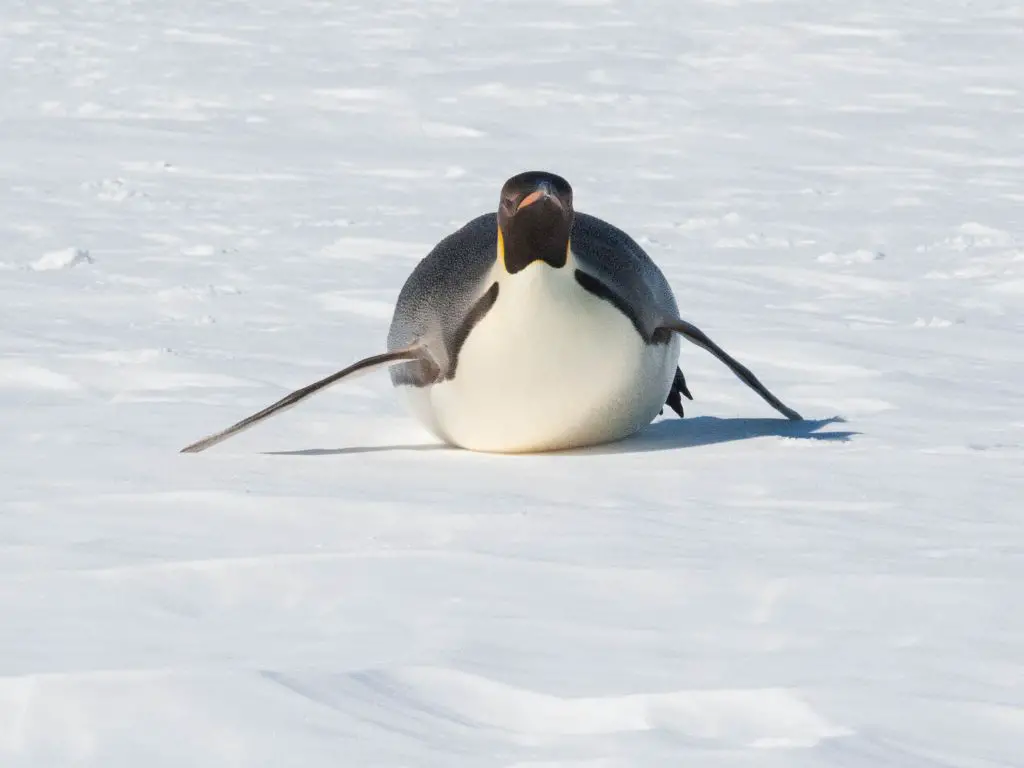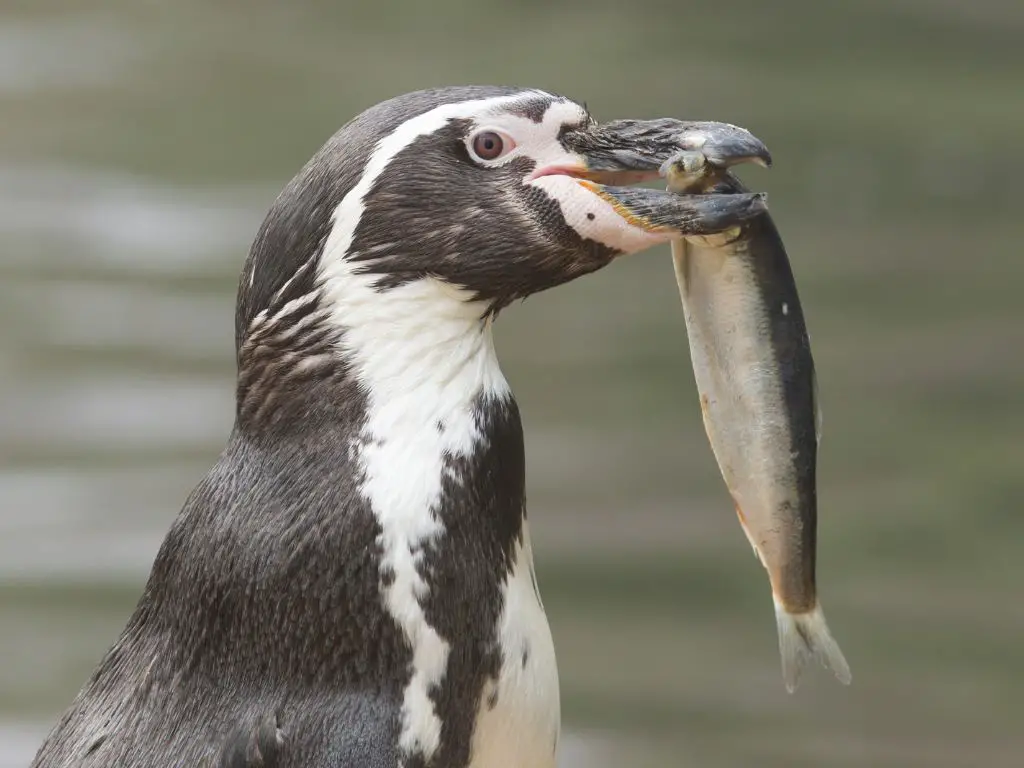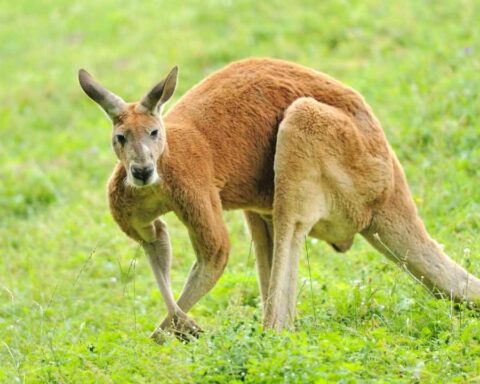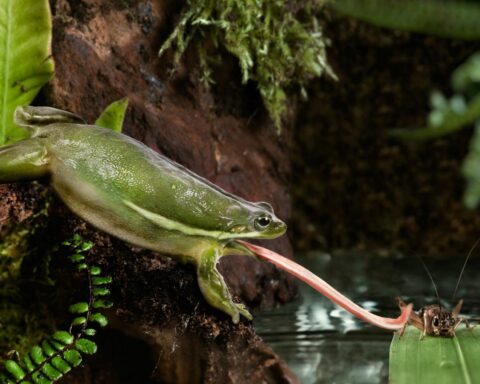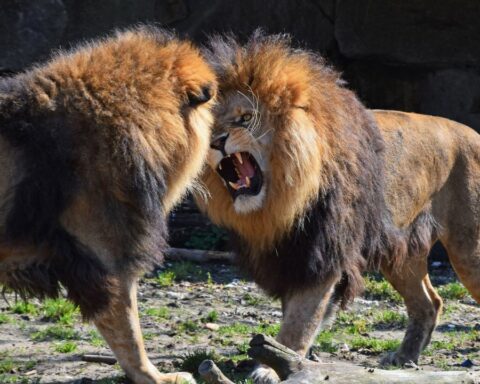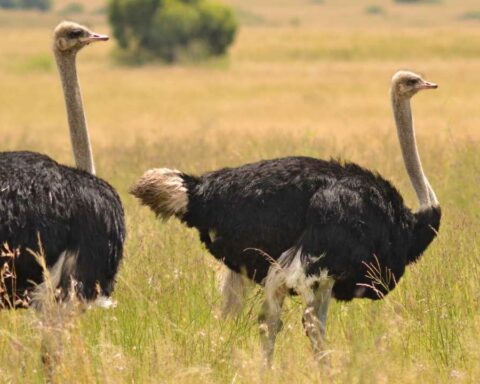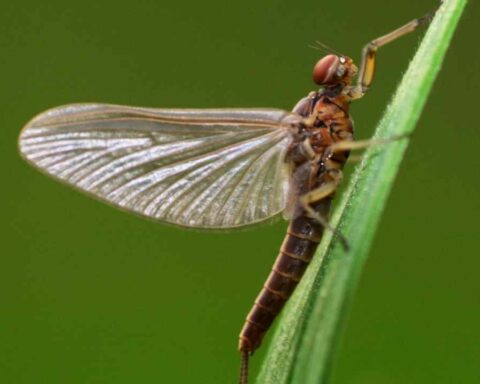Penguins are one of the most iconic creatures in the animal kingdom, and their adaptations have allowed them to live in some of the harshest environments on earth. From their unique physical features, such as webbed feet and waterproof feathers, to their behavior patterns that help them survive long winters without food or water; penguins have developed a number of adaptations that make it possible for them to thrive even when faced with extreme conditions.
Adaptations of a Penguin
Behavioral Adaptations of a Penguin
Penguins are fascinating creatures that have evolved many unique adaptations to help them survive in their icy environment. From their streamlined bodies to their thick layers of feathers, penguins have developed many behaviors that enable them to live and thrive in their cold, harsh environment.
Swimming
One of the most important behavioral adaptations of penguins is their ability to swim. Penguins are excellent swimmers, and their wings are specially adapted for aquatic locomotion. Penguins use their flippers to propel themselves through the water, and their wings are shaped like an airplane’s wings, providing an extra boost of speed when they swim.
Diving
Penguins can dive deep underwater to catch fish, and have adaptations such as webbed feet and dense feathers to help them in the water.
Wing-prodding
Penguins also use their wings to help them find food. Penguins have a keen sense of smell, and they use their wings to fan the air in order to pick up the scent of their prey. Penguins have also been known to use their wings to herd fish towards them, a behavior that is known as “wing-prodding.”
Waddling
Penguins have a distinctive waddling gait on land, which helps them conserve energy and move efficiently.
Group living
Many penguin species live in large colonies, which provide social support and protection against predators.
Huddling
Penguins also huddle together to keep warm and conserve energy. By huddling together, penguins can reduce their body heat loss and keep each other warm in the cold temperatures.
Feather Puffing
Penguins also use their feathers for protection from enemies. By puffing up their feathers, penguins are able to make themselves look larger and more intimidating, making them less likely to be attacked by predators. Penguins also use their wings to shield themselves from the elements, such as wind and water.
Nesting
Penguins build nests out of pebbles, feathers, or other materials, to protect their eggs and chicks.
Moulting
Penguins moult their feathers annually to replace worn and damaged feathers, which is important for maintaining insulation and waterproofing.
Incubating eggs
Penguins take turns incubating their eggs, which helps regulate the temperature and keep the eggs safe.
Regulating temperature
Penguins use their feathers and flippers to regulate their body temperature, especially in harsh Antarctic environments. Penguins are able to maintain an ideal body temperature by using two layers of feathers: an outer layer which traps air close against its skin and provides insulation from cold temperatures; while a second inner layer helps keep heat trapped within its own body during warmer weather conditions.
Communication
Another adaptation lies within how penguins communicate with each other – utilizing vocalizations (such as honking) as well visual signals (like head-bobbing). These behaviors allow groups not only identify predators but also find mates more easily since everyone knows what kind “call” belongs where – making it easier for individuals who may be separated from others due harsh weather conditions still remain connected despite distance between members!
Penguins use their wings to communicate with other penguins. Penguins can make a wide range of sounds and gestures with their wings, and these signals can be used to communicate with other penguins in the area. Penguins also use their wings to establish dominance in the group and to ward off predators.
Migration
Some penguin species undertake long migrations to breed or feed, relying on their strong swimming abilities to navigate.
Structural Adaptations of a Penguin
Penguins are amazing creatures that have adapted to the harsh environment of the Antarctic and other cold regions around the world. They have several physical characteristics that help them survive in their environment. These adaptations include their waterproof feathers, small wings, and webbed feet.
Insulating feathers
Penguins have dense, waterproof feathers known as contour feathers, that help keep them warm in cold environments. These feathers stretch from the penguin’s head to the tip of its tail and help to keep the bird warm and dry in the cold water.
Webbed feet
Penguins have webbed feet which assist them in swimming and diving.
Flippers
Penguins have flippers instead of wings, which allow them to swim more efficiently.
Tails
Penguins have strong tails that they use to balance and steer themselves in the water.
Beak
Penguins have short, sturdy beaks that are adapted for catching fish and other prey.
Oil glands
Penguins have oil glands that produce oil, which they spread over their feathers to maintain waterproofing.
Bone structure
Penguins have a streamlined body shape, dense bones, and reduced air spaces in their bones which helps them to control buoyancy and reduce drag in the water.
Limb bones
The limb bones of penguins are short and robust, providing support for their bodies while swimming and diving.
Blubber
Some penguin species have a layer of blubber and fat beneath their skin, which helps insulate them against the cold and provides an energy reserve. This is also why they float in the water.
Nostrils
Penguins have modified nostrils that close when they dive, to prevent water from entering their respiratory system.
Physiological Adaptations of a Penguin
Circulatory system
Penguins have a circulatory system that helps regulate their body temperature and conserve heat in cold environments.
Respiratory system
Penguins have a highly efficient respiratory system that allows them to dive deeply and hold their breath for long periods of time.
Salt glands
Penguins have salt glands that help remove excess salt from their bodies, as they consume large amounts of saltwater while feeding.
Oil Glands
Special glands near their tail which secrete oil onto feathers so they can stay dry even when submerged underwater for extended periods of time – allowing these birds access to food sources beneath the surface like fish or krill without having worry about getting too cold!
Metabolism
Penguins have a slow metabolism, which helps conserve energy and allows them to survive long periods without food.
Immune system
Penguins have a strong immune system that helps protect them from diseases, especially in crowded colony environments.
Vision
Penguins have good underwater vision, which helps them locate and catch fish and other prey.
Hearing
Penguins have good hearing, which helps them detect predators and communicate with each other.
Smell
Penguins have a well-developed sense of smell, which helps them locate food and recognize their mates.
Fat storage
Penguins store fat in their bodies, which provides an energy reserve for times when food is scarce.
Insulin regulation
Penguins have a well-regulated insulin system, which helps them metabolize food efficiently and maintain their body weight.

